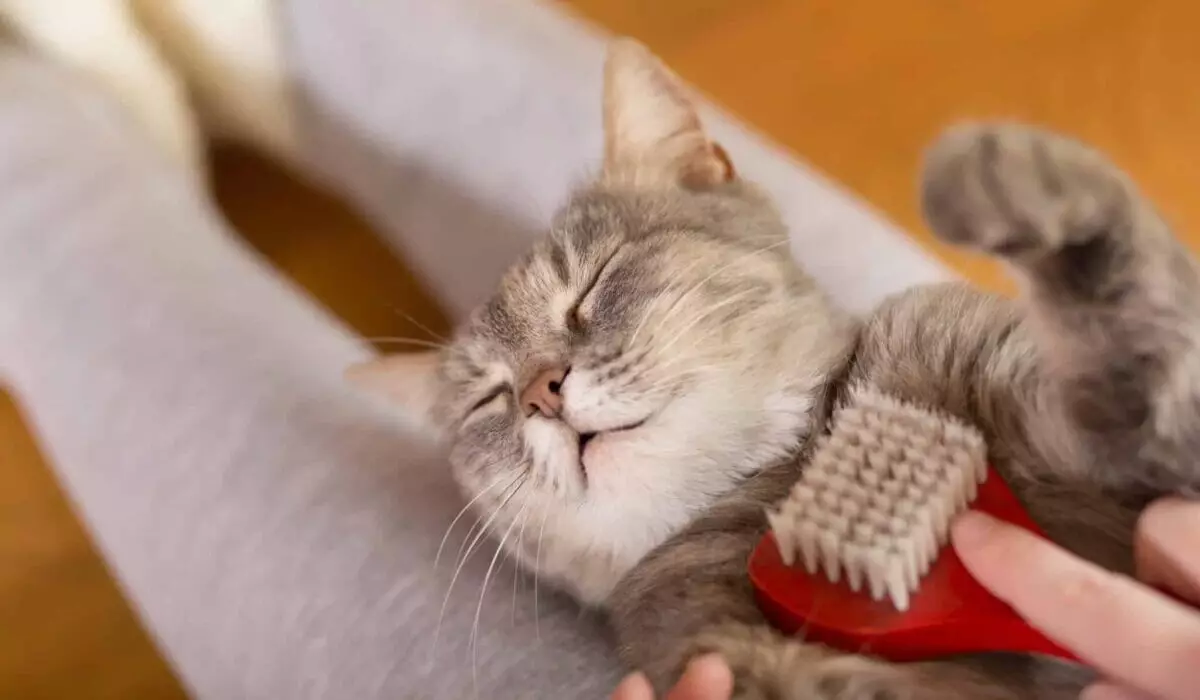Grooming a cat might seem like a straightforward task, but the truth is that it often requires patience, technique, and a bit of finesse. Many cat owners underestimate the importance of grooming, believing that their furry friends can handle it all on their own. However, while cats are generally adept at keeping themselves tidy, they benefit significantly from human involvement in their grooming routine. This article will explore essential grooming techniques and strategies to cultivate a positive atmosphere for you and your feline companion.
Understanding Your Cat’s Grooming Needs
Before embarking on your grooming journey, it’s crucial to understand that each cat is unique. Their comfort levels and grooming needs vary based on factors such as breed, age, and temperament. Long-haired cats, for instance, require more frequent brushing to prevent mats and tangles than their short-haired counterparts. Yet, short-haired breeds also benefit from regular grooming to manage shedding and maintain coat health.
It’s essential to study your cat’s individual habits and responses during grooming sessions. Recognizing signs of stress or discomfort will help you adapt your approach accordingly, resulting in a more pleasant experience for both you and your pet.
One of the most daunting aspects of cat grooming is nail trimming. Cats often react defensively to this process, which can leave owners feeling anxious as well. The key to successfully trimming your cat’s nails is gradual introduction and positive reinforcement. Start by creating a calm environment post-meal or after playtime when your cat is more likely to be relaxed.
Start with gentle paw massages to help your cat associate the touch with comfort rather than stress. As your cat grows accustomed to this, slowly introduce the nail clippers, perhaps mimicking the cutting sound with a harmless object, like a dry pasta noodle. When the time comes to actually trim, always ensure you’re only touching the white tips of the nails, steering clear of the pink quick to prevent injury.
Regular brushing is one of the cornerstones of cat grooming. Not only does it keep your cat’s coat looking healthy, but it also fosters a healthy bond between you and your feline. Cats’ coats can trap dirt, parasites, and loose fur, making routine brushing essential.
For short-haired cats, weekly sessions are typically sufficient. Long-haired varieties, however, may require several brushing sessions per week to keep their coats free from tangles. Using the right tools is paramount; a metal comb typically works well for both types of coats. If you encounter mats, handle them delicately with corn starch rather than scissors, as sudden movements could injure the skin. Remember, professional groomers are suitable resources for severe matting cases, ensuring the safety of your cat.
Introducing baths into your cat’s routine can be fraught with challenges, but with a little preparation, it can become a more manageable task. Start by lying down a rubber mat in your sink or tub to help your cat feel secure. When bathing, it’s crucial to use lukewarm water and a shampoo designed specifically for cats, as human products can lead to skin irritation.
It’s advisable to communicate with your cat throughout the procedure—speak gently and reassuringly, ensuring that you’re mindful of sensitive areas like the eyes and ears. The washing process should be smooth and predictable to provide a sense of safety. After rinsing thoroughly and patting dry, consider using a low-heat pet dryer, if tolerated, to make the experience less stressful.
Ultimately, grooming should be an opportunity for bonding rather than a chore. Employing a gentle demeanor and providing plenty of treats can help transform grooming sessions into moments of affection and comfort. By regularly grooming your cat, you’re not only ensuring their cleanliness but are also conducting essential health checks for any abnormalities like skin issues, ear infections, or lumps that may need veterinarian attention.
The process of grooming is a vital part of a cat’s life, enhancing their comfort and wellbeing. Celebrating the experience through patience and understanding strengthens your relationship and builds trust.
While grooming may require a commitment of time and effort, the rewards far outweigh the challenges. Not only will your cat look and feel great, but you’ll also cultivate a deeper bond. With consistent care and the right tools, a well-groomed cat is truly a happy cat.

